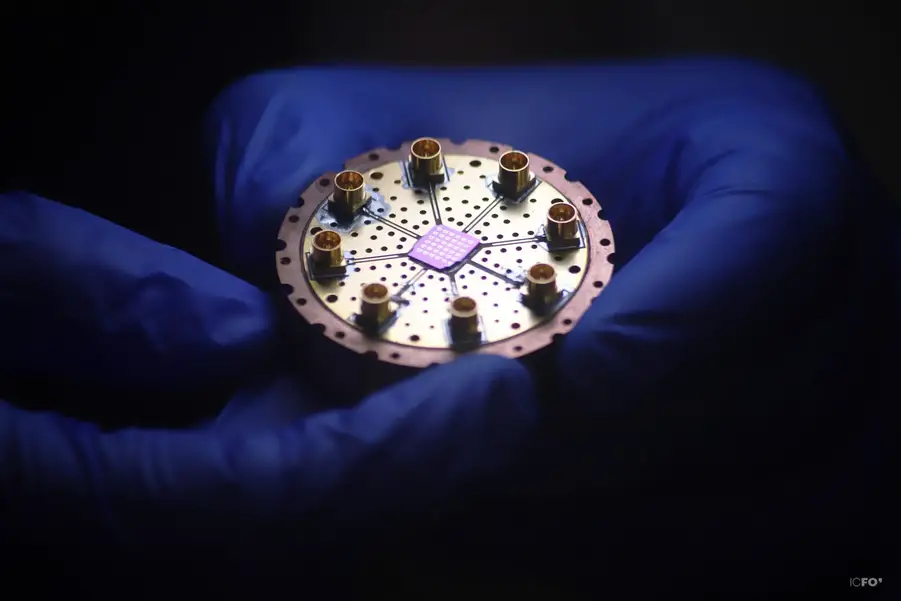The idea of the radio wave-based qubits is simple. In this kind of system. Each radio frequency is one state of the qubit. So the quantum system can communicate over long distances. The quantum system breaks information into bites, and then it shares those information bites into different radio frequencies. If the system needs to share information on the same circuit there is a possibility to send those radio waves through nanotubes.
The regular-size tubes can also use to protect that information. Those protective tubes can be made by using graphene nanotubes. But also steel is enough if the system doesn't need to fit in a small size. The only needed thing is that the tube keeps the outside effects away from the radio waves.
The tube's purpose is that they isolate the information that travels in the form of radio waves between the transmitter and receiver. The information will transmit by using radio masers. There is the possibility that the energy level of those radio waves can use as the states of qubits. But the frequencies also are suitable for use as qubits. In those systems, there are protective tubes in the line.
And each of those tubes is a certain state of the qubit. That system can operate on multiple levels. And in some visions when the system faces some kind of outside disturbing it decreases the number of states of its qubit.
"A platform for an array of 36 mechanical resonator devices. A nano-resonator is fabricated and connected electrically in one of the sections of this array. The entire pieces is then placed inside the cryostat for the measurements. Credit: ICFO" (ScitechDaily.com/Journey to Quantum Supremacy: First Steps Toward Realizing Mechanical Qubits)
"A platform for an array of 36 mechanical resonator devices. Credit: ICFO" (ScitechDaily.com/ Journey to Quantum Supremacy: First Steps Toward Realizing Mechanical Qubits)
Acoustic qubits are one version of mechanic qubits.
Acoustic qubits are similar. The base is in the acoustic resonance. The miniaturized systems can send coherent sound waves through the tubes. In those systems, each frequency is a certain state. The idea of an acoustic qubit is that each of the points. That transforms acoustic waves into electric signals and is made of different materials. Also things like how loud that acoustic signal is can use as a state of acoustic qubits.
When the transmitter sends a signal that makes resonance in the certain receiver, that system can transform those signals into electricity. So each receiver is like the microphone and each transmitter can be like a loudspeaker that causes resonance in certain materials. Acoustic qubits are similar to radio-based qubits. But the thing that transmits information is acoustic waves.
https://scitechdaily.com/journey-to-quantum-supremacy-first-steps-toward-realizing-mechanical-qubits/?expand_article=1






No comments:
Post a Comment
Note: Only a member of this blog may post a comment.